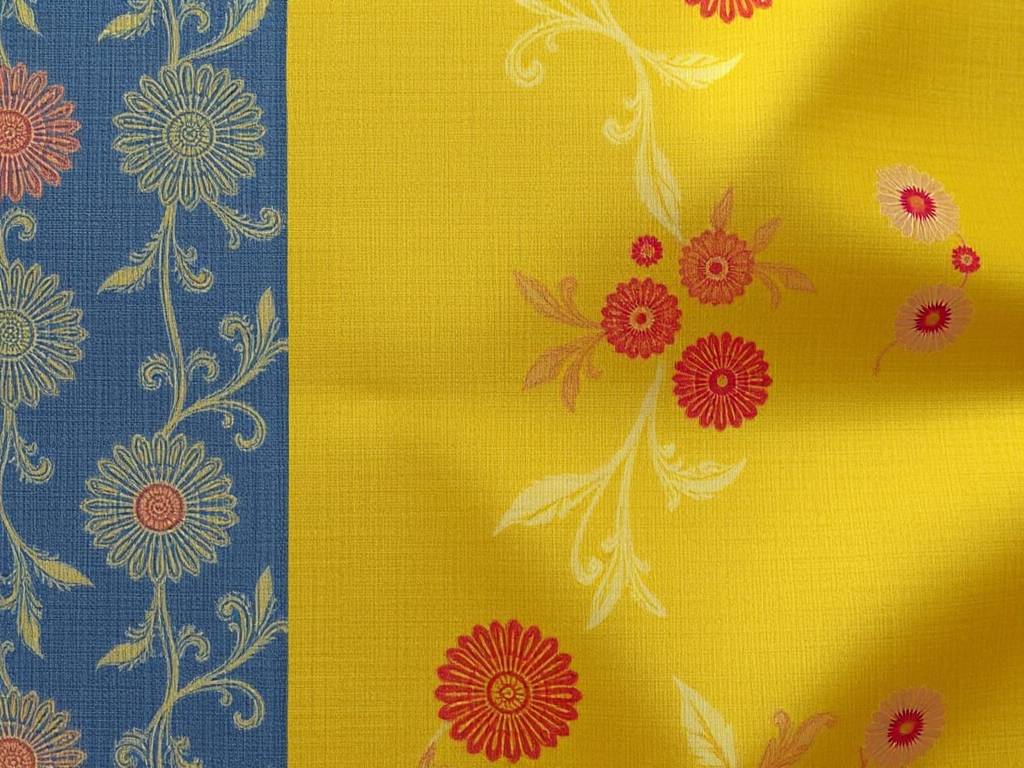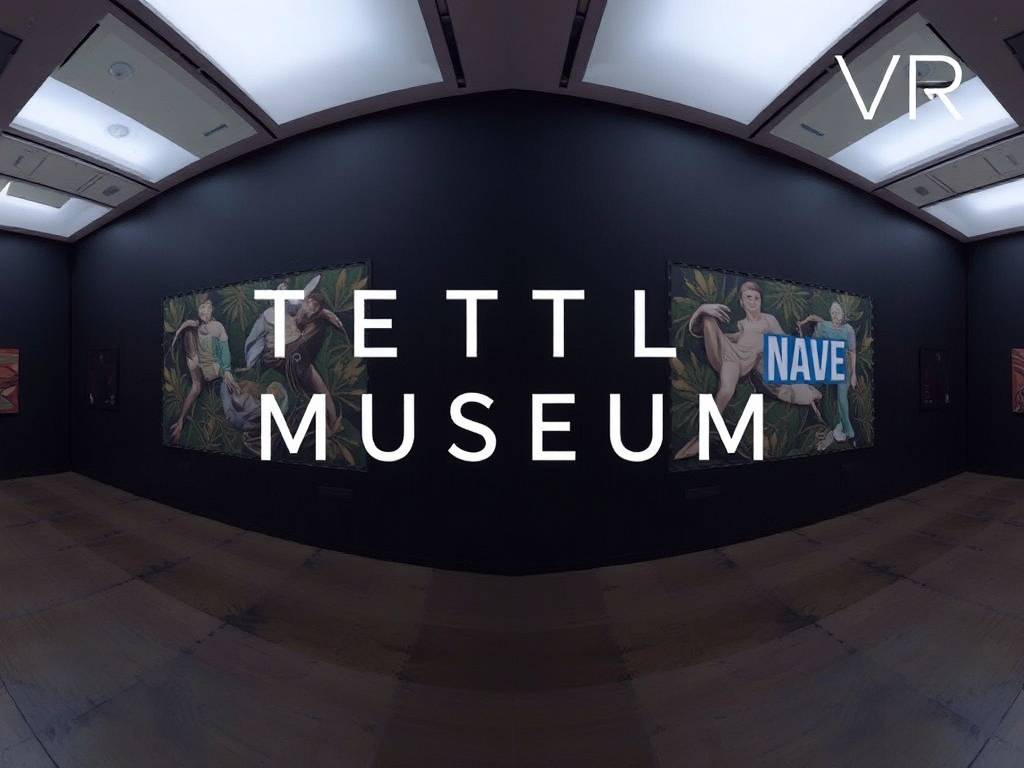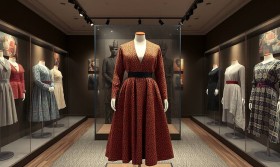Imagine being able to reach out and feel the delicate weave of a 17th-century Chinese brocade, or to walk through a virtual recreation of a bustling Silk Road caravan. This is no longer a fantasy. The Textile Museum is thrilled to announce a comprehensive update to our flagship VR experience, focusing exclusively on our world-renowned silk collection. This isn't just an upgrade; it's a complete re-imagining of how you can interact with and understand the art of silk.
Our previous virtual tours were praised for their accessibility, but we listened to your feedback. You wanted more depth, more interaction, and a truly immersive feeling. This new update delivers exactly that. We've moved beyond static 360-degree images into a fully realized, interactive digital environment. The core of this update is the addition of over fifty new artifacts, many of which have never been publicly displayed due to their extreme fragility. Now, they can be examined by anyone, anywhere in the world.
The first thing you'll notice upon entering the new VR space is the Museum's Grand Hall. It has been transformed into a thematic journey titled "Silk: From Worm to World." The environment itself tells a story. You begin in a softly lit, intimate space that mimics the cocoon, learning about the biology of the silkworm and the intricate process of sericulture. Holographic displays show the lifecycle of the Bombyx mori moth, while interactive elements let you "unwind" a virtual cocoon, understanding the incredible length of a single silk filament.

From this starting point, the hall opens up into a breathtaking, globe-spanning exhibition. The architecture shifts to reflect the different cultures represented. One moment you're under the curved eaves of a Chinese pavilion, the next you're surrounded by the geometric patterns of Islamic architecture, and then you find yourself in the opulent halls of a European palace. This spatial design is intentional, making you feel the geographic and cultural journey of silk itself.
A major new feature we are incredibly excited about is the "Micro-Explorer" tool. Many of you asked to see the details that are invisible to the naked eye. With a simple gesture, you can now select any textile and activate the Micro-Explorer. The fabric will magnify before you, allowing you to zoom in to a stunning degree. You can count the individual threads in a complex Persian knot, see the subtle variations in dye saturation in an Indian sari, or observe the delicate gold-wrapped thread (purl) used in European ecclesiastical vestments. This tool is a game-changer for students, researchers, and any curious mind wanting to appreciate the sheer technical mastery of these works.

To complement this visual deep dive, we've integrated a contextual audio narrative for every major artifact. Instead of reading a wall label, you can choose to have a curator, a historian, or even a cultural expert guide you through the story of the piece. Hear about the symbolic meaning of the dragons on a Ming Dynasty robe, understand the social status conveyed by a pre-Columbian Peruvian mantle, or learn the love story behind a specific French silk fan. This multi-sensory approach creates a much richer and more memorable learning experience.
Understanding that visitors have different learning styles, we've introduced a series of structured, interactive pathways. These are guided tours within the VR experience, curated around specific themes. For instance, you can select the "Silk Road Caravan" pathway. This will transport you to a virtual desert at dusk, surrounded by animated camels and traders. As you walk alongside them, you can inspect the silks in their packs, understanding not just the artifacts, but the context of their trade and the people who moved them across continents.
Another popular pathway we've prototyped is the "Weaver's Workshop." Here, you are not just a passive observer. Using the VR controllers, you can engage in simplified versions of historical weaving techniques. You can try your hand at setting up a virtual draw loom to recreate a pattern from a Byzantine silk, or experiment with digital dye vats using traditional natural ingredients like madder root and indigo. This hands-on, kinesthetic learning demystifies the incredible effort and skill embedded in every inch of these textiles.
We've also dedicated a significant portion of the update to addressing the practical challenges of textile preservation. A new section, accessible from the main hall, is the "Conservation Lab." This is a behind-the-scenes look that was previously impossible to offer at scale. You can put on a "virtual white glove" and participate in interactive modules. One module walks you through the process of stabilizing a fragile silk fragment using a virtual conservation adhesive and a fine mesh. Another shows the effects of light damage over time, allowing you to slide a control to see a vibrant 18th-century fabric fade before your eyes, emphasizing the importance of our low-light preservation policies.
For our educational users, we have built a dedicated "Classroom Portal." This allows teachers to create custom playlists of artifacts and pathways, perfect for structuring a lesson plan. Students can be given specific "quests," such as finding three textiles that use gold thread or comparing the patterns of two silks from different cultures. The platform also supports multi-user sessions, meaning a classroom from Tokyo can explore the museum simultaneously with a classroom from Buenos Aires, with a guide or teacher leading the tour for everyone in real-time.
We know that navigating new technology can sometimes be a barrier. To ensure a seamless experience, we've created a comprehensive support system. The VR experience is now available on multiple platforms, from high-end VR headsets for the full immersive experience to a browser-based version for easy access on computers and tablets. Before you begin, a friendly, intuitive tutorial character will guide you through the basic controls—how to move, select, zoom, and use your tools. The interface has been redesigned for clarity, ensuring that the technology enhances the art, rather than getting in the way.
The digital preservation of these fragile artifacts is a core part of our mission. By creating high-resolution, interactive 3D models, we are not just making them accessible; we are creating a permanent digital record. This archive will be invaluable for future research and will help us monitor the condition of the physical objects over time. This update is a living project. We plan to add new artifacts, pathways, and features quarterly, based on your continued engagement and feedback.
This transformative update to the Textile Museum's VR Silk Collection is an invitation. It's an invitation to lose yourself in the beauty and history of human creativity. It's an opportunity to stand inches from priceless treasures and understand the stories they hold. Whether you are an avid historian, a textile student, a designer seeking inspiration, or simply someone with a curious mind, this new digital realm is open for you to explore, learn, and be inspired. The loom of history is waiting; all you have to do is log in.


















